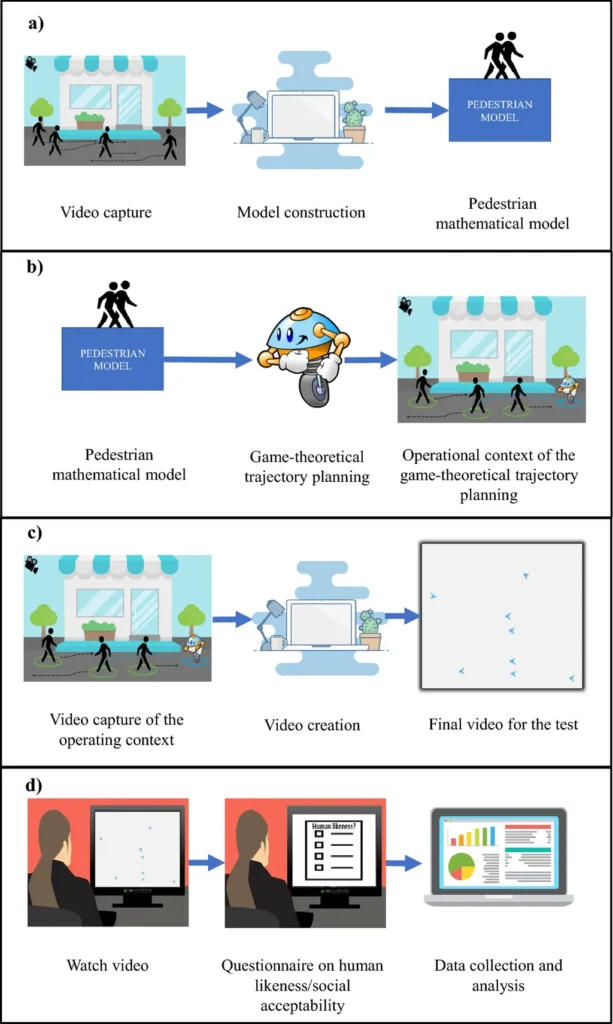Researchers from the University of California, Berkeley, have developed a game-theoretic approach to multi-robot coordination in adversarial environments, offering promising applications for military and security operations. The team, led by James Berneburg, Xuan Wang, Xuesu Xiao, and Daigo Shishika, has formulated a novel framework that enables robots to navigate hazardous terrains while countering adversarial threats.
The research focuses on a graph traversal problem, where a team of robots, referred to as the “blue team,” moves through an environment modeled as a time-varying graph. The blue team aims to reach a goal with minimal cost, while an adversary, or the “red team,” controls the graph’s changes to maximize the blue team’s cost. This dynamic interaction is framed as a stochastic game, allowing the computation of Nash equilibrium strategies—optimal strategies where neither team can benefit by unilaterally changing their approach.
The study provides theoretical bounds for the game value, ensuring that the solution to the stochastic game also solves the original graph traversal problem. This guarantees that the strategies derived are both robust and effective in real-world scenarios. The researchers demonstrate the practicality of their approach through numerical simulations, showcasing the benefits of mixed strategies for both teams. For instance, the blue team’s robots may split up or synchronize their movements to traverse risky edges more efficiently, while the red team adapts its tactics to disrupt these maneuvers.
One of the key insights from the research is the importance of coordinated behavior among the blue team’s robots. By splitting up or synchronizing their actions, the robots can mitigate risks and optimize their path through the environment. This coordinated approach not only enhances the blue team’s chances of reaching its goal but also complicates the red team’s efforts to impede progress.
The implications of this research extend beyond theoretical advancements. In military and security contexts, where robots operate in hostile or unpredictable environments, such as urban warfare or disaster response, the ability to coordinate effectively against an adversary is crucial. The proposed framework could be integrated into autonomous systems, enabling them to make real-time decisions that balance risk and efficiency.
Moreover, the study highlights the potential for further exploration in multi-agent systems and game theory. As robotics and artificial intelligence continue to evolve, the need for sophisticated coordination strategies in adversarial settings will only grow. This research provides a foundation for future developments in this critical area, paving the way for more resilient and adaptive robotic systems.
By bridging the gap between theoretical models and practical applications, the researchers have made a significant contribution to the field of defence technology. Their work not only advances our understanding of multi-robot coordination but also offers tangible solutions for enhancing operational effectiveness in high-stakes scenarios. As defence technologies continue to evolve, the insights gained from this study will be invaluable in shaping the next generation of autonomous systems. Read more at arXiv.

